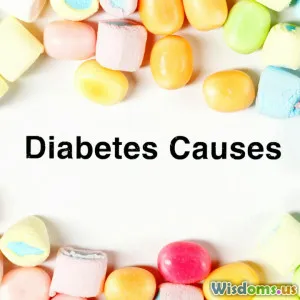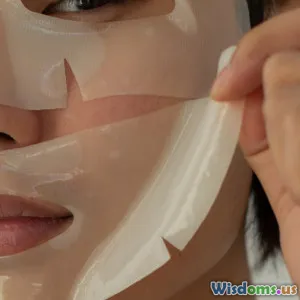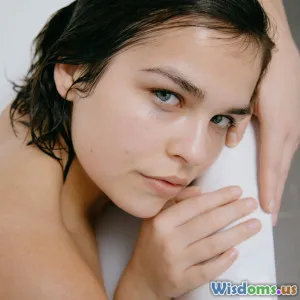
Teen Acne Survival Guide Effective Teenager Skincare Tips
13 min read A practical guide for teens to combat acne using proven skincare tips, routines, and product recommendations. (0 Reviews)
Teen Acne Survival Guide: Effective Teenager Skincare Tips
Teenage years are exciting, confusing, and sometimes, a bit bumpy—quite literally, thanks to acne. With changing hormones and busy schedules, teens often struggle to keep their skin clear. But with the right strategy, teen acne can be managed successfully, helping boost confidence and comfort throughout these formative years. This survival guide dives into practical, expert-backed skincare tips catered to teens looking for real results.
Understanding Why Teens Get Acne
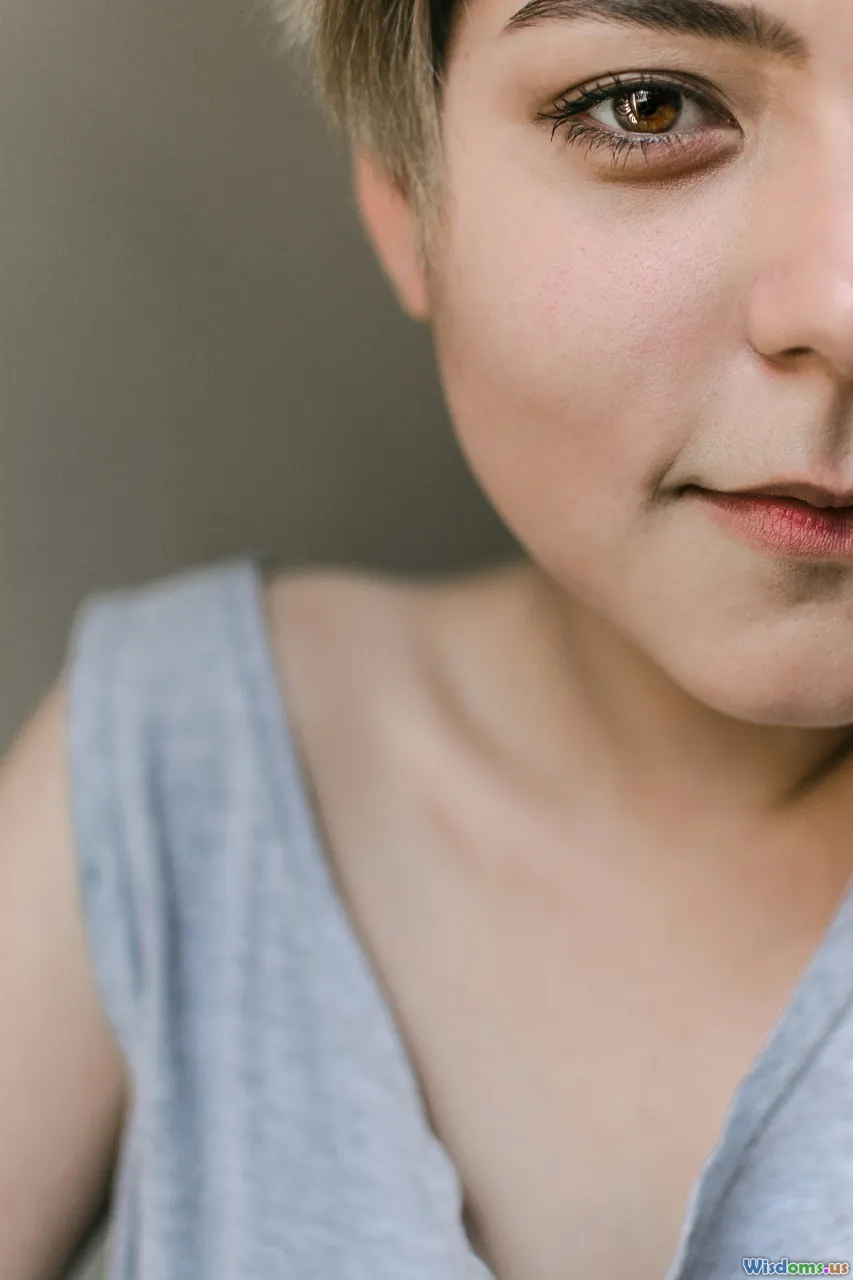
Acne isn’t just an aesthetic concern; it’s a biological one. The surge in hormones during puberty, specifically androgens, triggers sebaceous (oil) glands to enlarge and produce more sebum. That excess oil, mixed with dead skin cells and bacteria, leads to clogged pores—the beginning of pimples, blackheads, and whiteheads. Stress, diet, genetics, and even skincare products can also play roles in aggravating acne.
Real-World Example: Anna’s Acne Timeline
Anna, a 15-year-old, began noticing small bumps on her forehead just as her school year started. Over two months, they multiplied and became painful, especially before exams—demonstrating how hormonal changes and stress can intermingle to trigger breakouts.
Building a Simple, Science-Backed Skincare Routine
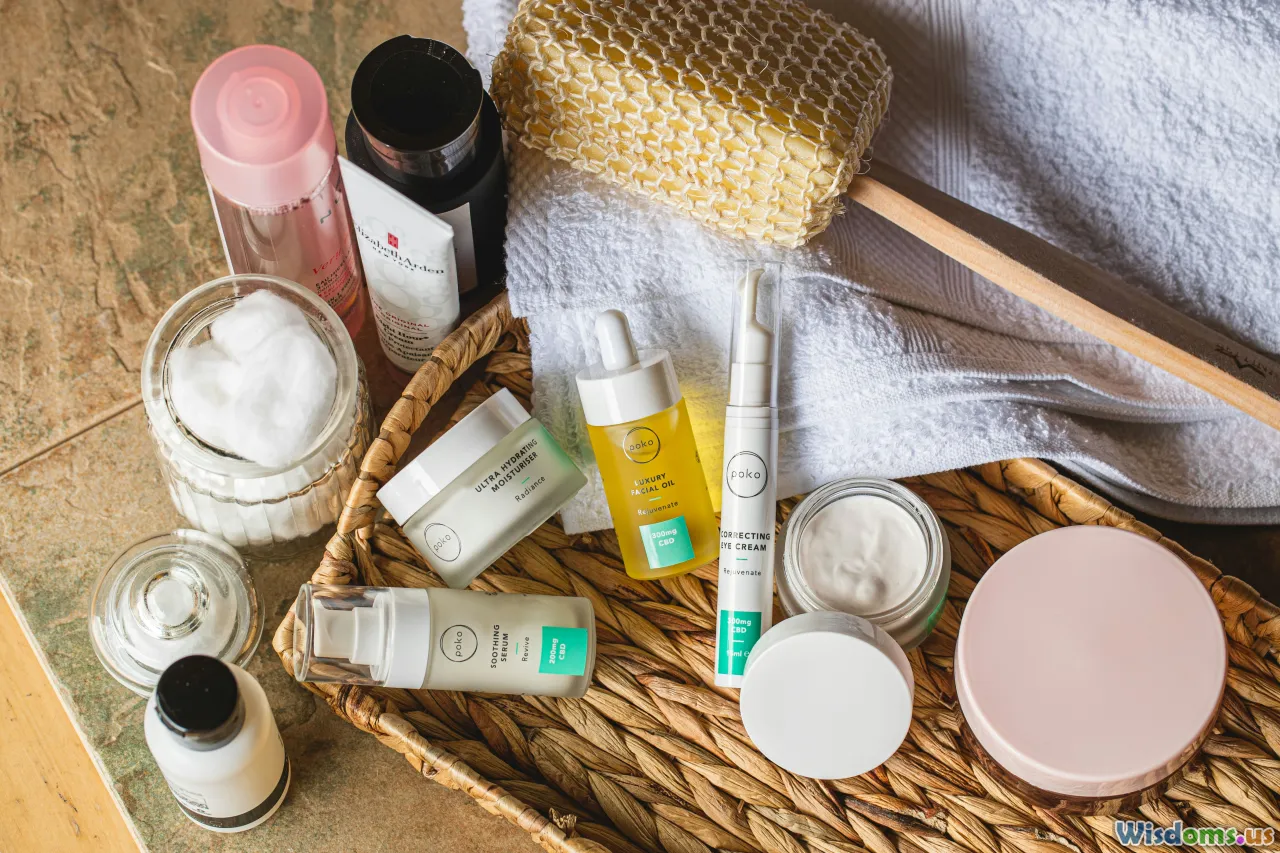
Many teens mistakenly believe the more products, the better. In reality, gentle, consistent care is far more effective. Here’s a quick, practical routine:
1. Cleanse Gently, Twice a Day
Use a hydrating, non-comedogenic cleanser. Overwashing or using harsh soap strips natural oils, sometimes making acne worse. Look for formulas with mild ingredients such as glycerin or ceramides.
2. Spot Treatments: Target, Don’t Overdo
Products with benzoyl peroxide or salicylic acid are proven to reduce inflammation and unclog pores. These should be used only on active pimples. Tip: Do a patch test to avoid irritation.
3. Moisturize—Yes, Even Oily Skin
All skin types, oily included, need hydration. Oil-free, gel-based moisturizers work best for acne-prone skin, helping balance oil levels without causing new breakouts. CeraVe and Neutrogena oil-free moisturizers are reliable favorites.
4. Sun Protection Is Essential
Many acne treatments make skin more sensitive to rays. Opt for a broad-spectrum SPF 30, labeled ‘non-comedogenic’. EltaMD UV Clear is specially formulated for breakout-prone youth.
Tackling Common Acne Myths and Mistakes
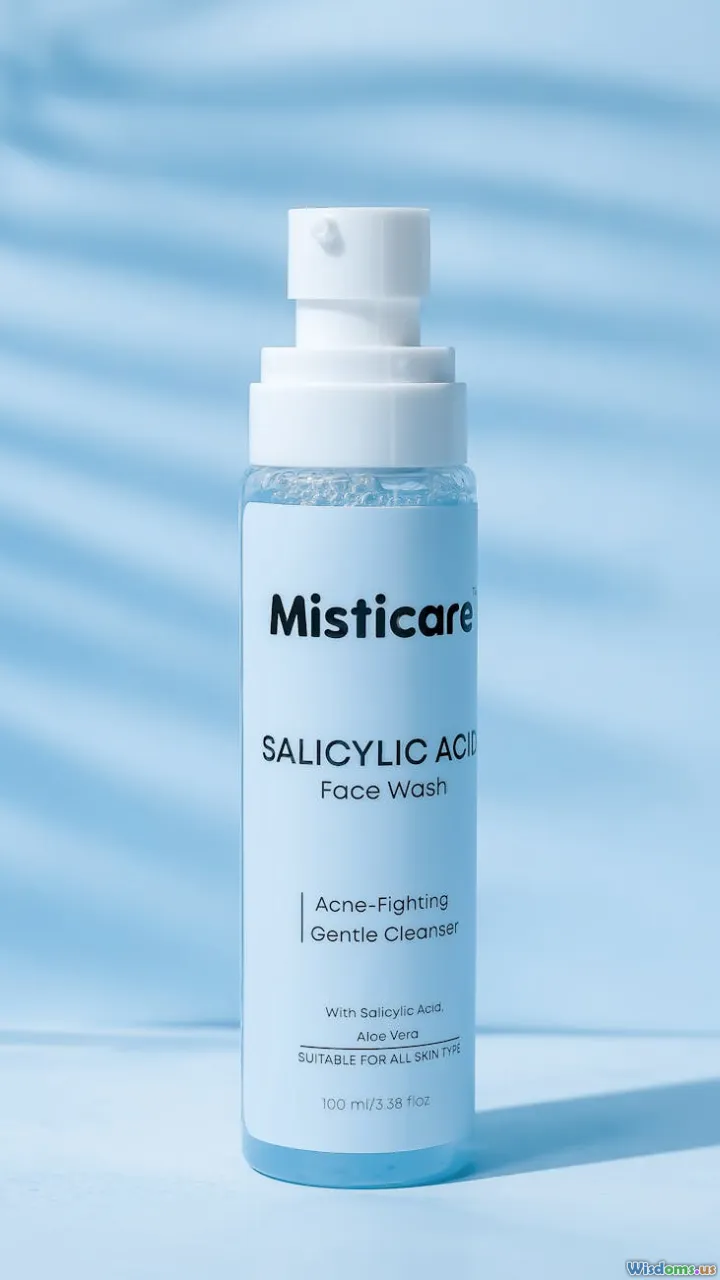
Despite endless YouTube tutorials and viral skincare hacks, misinformation abounds. Dispelling persistent acne myths empowers teens to care for their skin smarter:
Myth: Only Dirty Skin Gets Pimples
Acne isn’t directly caused by dirt. Over-cleaning, scrubbing, or using alcohol-based astringents can actually exacerbate symptoms.
Myth: Toothpaste or DIY Remedies Work Wonders
Popular ‘miracle cures’—like toothpaste, lemon juice, and baking soda—often lead to irritation or chemical burns. Stick to products tested for skin safety.
Mistake: Popping Pimples Makes Them Disappear Faster
Popping might provide short-term satisfaction but worsens inflammation, invites bacteria, and risks lifelong scars. For emerging pustules, apply a hydrocolloid patch overnight instead.
The Role of Diet and Lifestyle
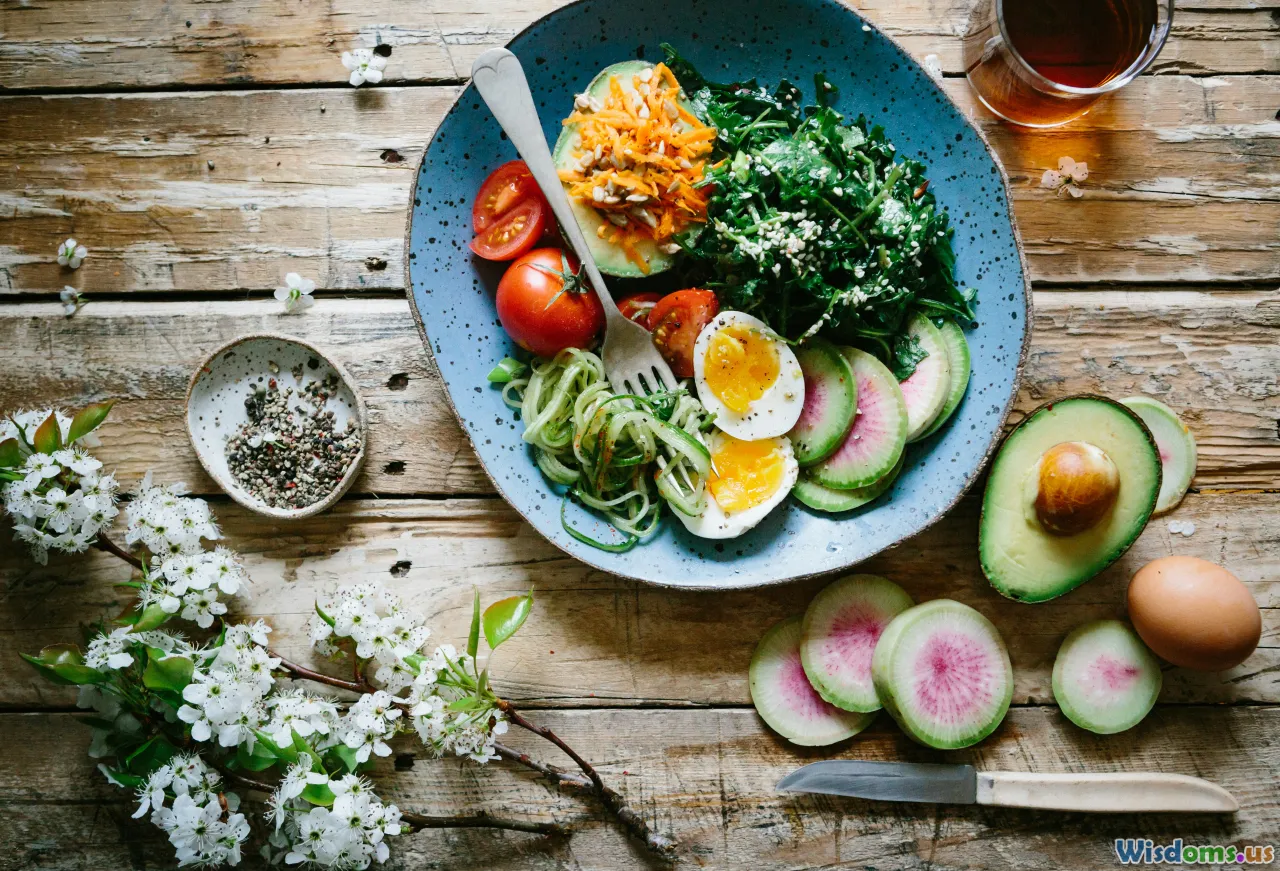
Research reveals diet and lifestyle influence skin health, though the effects aren’t always dramatic. Some actionable steps:
Watch Out for High Glycemic Foods
Foods with a high glycemic index—think sugary drinks, white bread, processed snacks—may lead to increased oil production and more pimples in susceptible individuals. Swapping soda for water or whole grains can show subtle improvements.
Dairy and Skin: Know Your Triggers
Studies link skim milk, in particular, with worsening acne. If you spot a connection after drinking milk or eating cheese, try substituting with lactose-free options or fortified plant milks for a month and monitor for change.
Manage Stress
Stress ramps up hormone activity and, by extension, can fuel acne. Incorporate daily breaks for relaxation—like taking a walk, meditating, or listening to music—to keep both stress and pimples in check.
When and How to See a Dermatologist
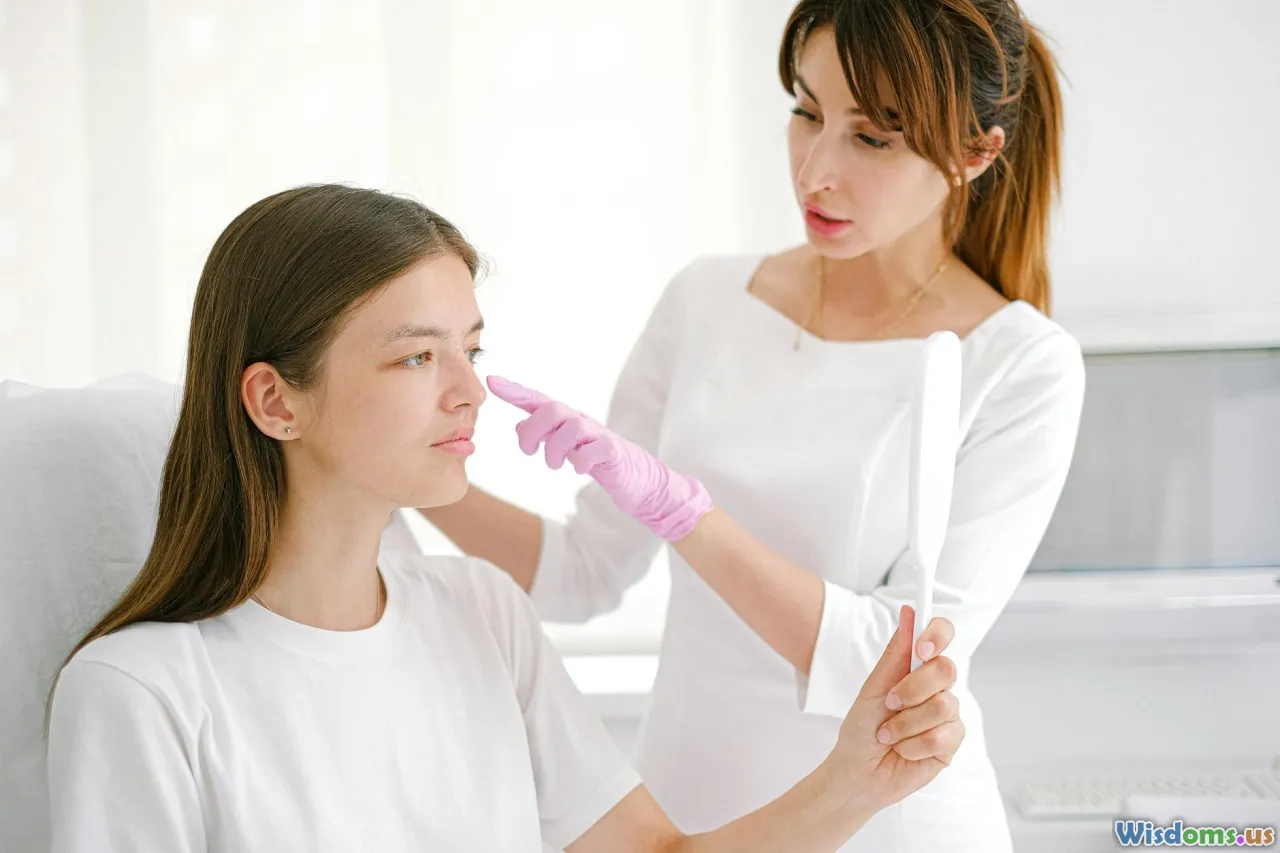
Self-care works wonders for mild acne, but sometimes professional guidance is necessary. Here’s when teens should seek help:
- When Over-the-Counter Products Don’t Help After 2-3 Months: Persistent, severe, or cystic acne increases risk of dark marks and scars.
- Emotional Impact: If skin problems cause significant distress or social withdrawal.
- Rapid Worsening: Sudden outbreaks or lesions that spread quickly may indicate a medical issue.
What Will the Dermatologist Do?
Dermatologists can prescribe stronger topical creams (like retinoids or antibiotics) or oral medications suited for more complex cases. They may also perform gentle extractions or recommend phototherapy.
Building Confidence Beyond Acne
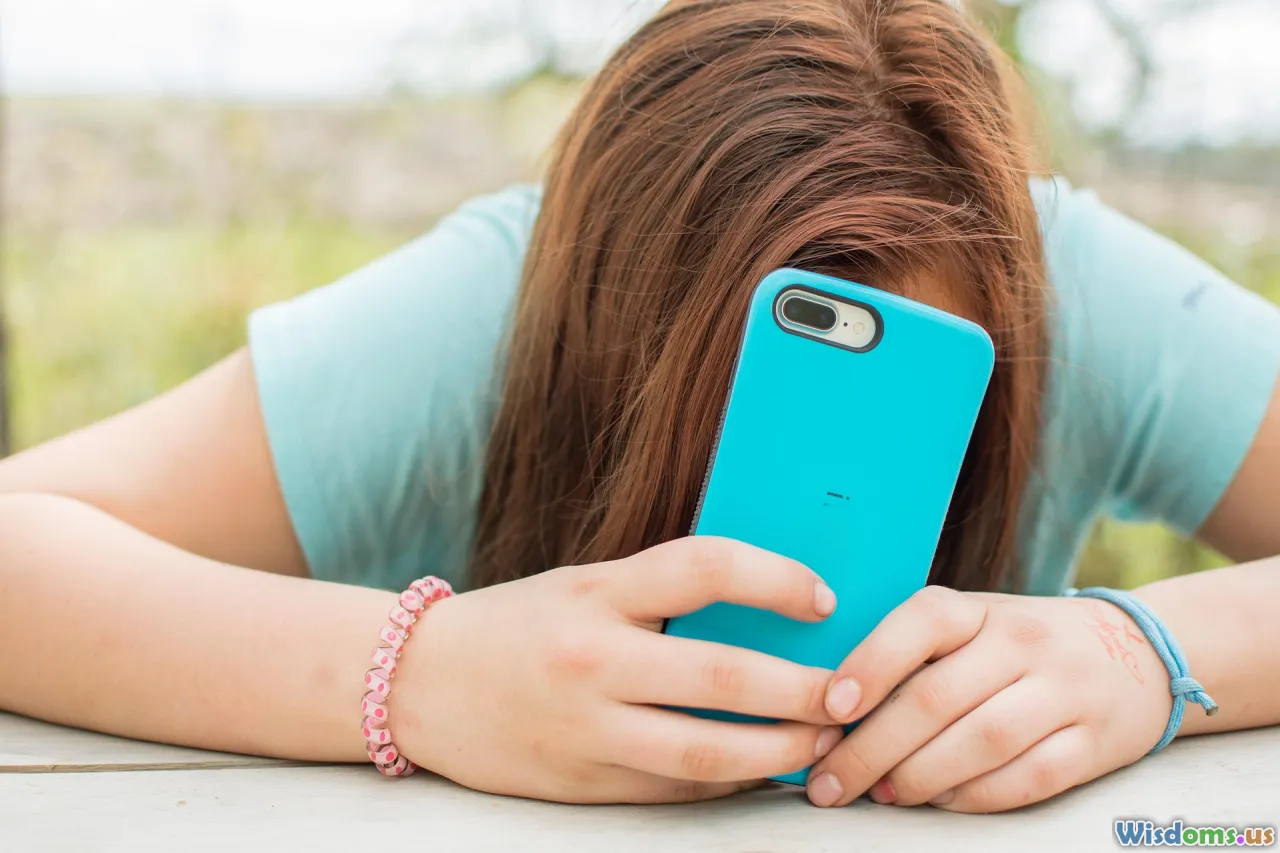
Skin challenges are difficult, but they don’t define you. Building self-esteem separately from appearance is an essential aspect of teen wellbeing.
- Focus on Resilience: Many successful adults—including actors and athletes—once struggled with acne.
- Diversify Interests: Lean into hobbies, sports, or art to distract from skin worries.
- Support Circles: Connect with friends, family, or online communities navigating similar challenges.
How Friends and Families Can Help

Acne can feel isolating. The right support system fosters resilience:
Supportive Conversations
Parents and friends should avoid making disparaging comments about appearance. Instead, encourage healthy routines and accompany teens to doctor visits if needed.
Sharing Practical Resources
Recommend fact-checked resources, such as the American Academy of Dermatology, rather than social media trends. Sometimes, just knowing others care improves morale.
Choosing Acne-Safe Skincare Products
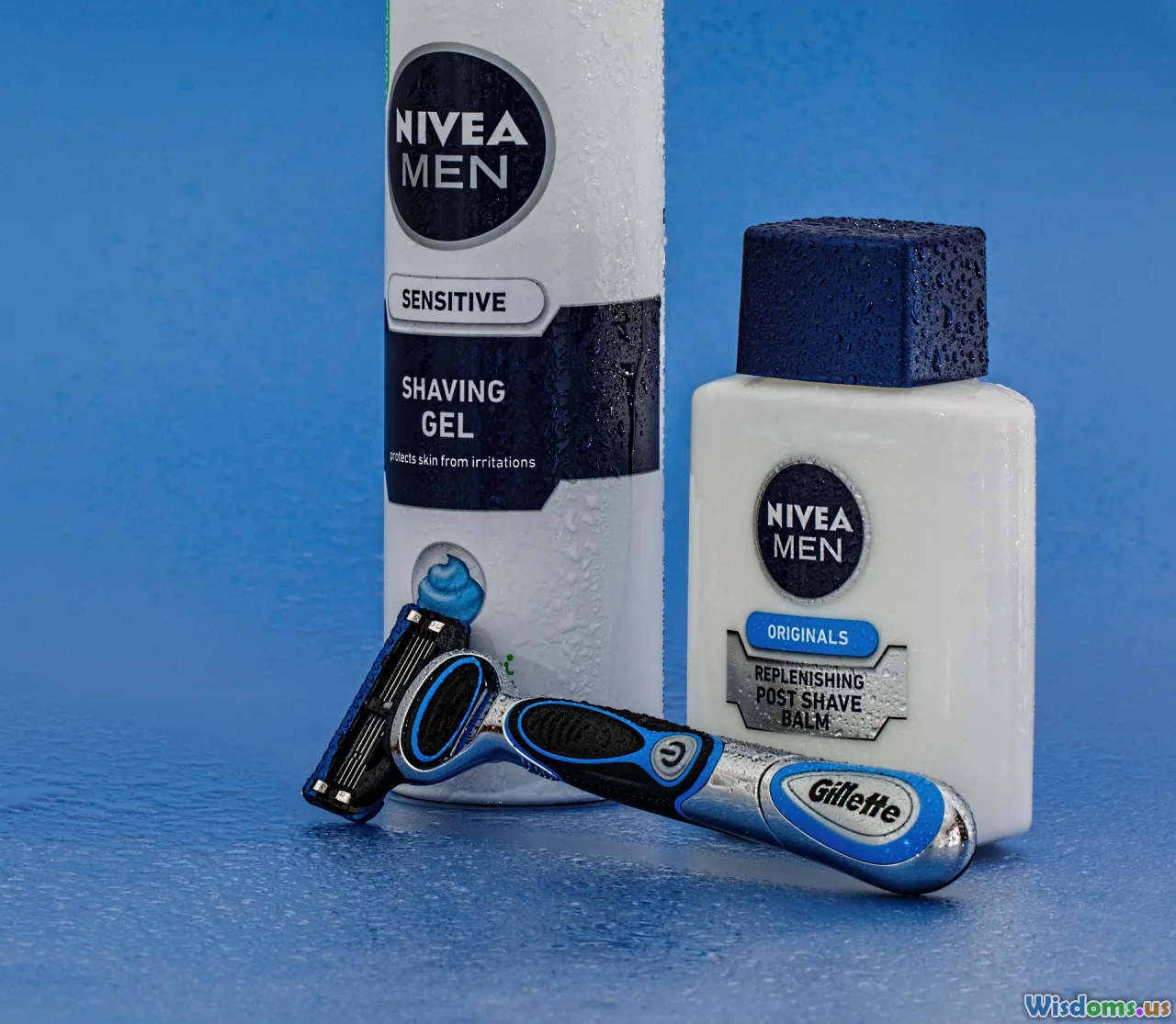
Learning to decode labels is an essential teen skincare skill:
- Non-comedogenic indicates products won’t clog pores.
- Oil-free means reduced risk of greasiness.
- Fragrance-free helps avoid allergic reactions.
Example Product Routine:
- Cleanser: Cetaphil Gentle Skin Cleanser
- Moisturizer: Neutrogena Hydro Boost
- Treatment: Paula’s Choice Skin Perfecting 2% BHA Liquid Exfoliant
- Sunscreen: EltaMD UV Clear SPF 46
Always swap and experiment as needed under the guidance of a healthcare professional.
Realistic Expectations: Understanding Acne’s Timeline

Most acne treatments require patience—visible improvement can take 2-3 months. It’s common for skin to purge or break out more in the initial weeks of a new routine as clogged pores clear out.
Example Timeline
- Weeks 1-2: Skin might feel a bit dry or sensitive as it adapts to actives.
- Weeks 3-6: Gradual reduction in redness; fewer large pimples.
- Weeks 6-12: Continued clearing, more consistent skin tone.
Logging progress with weekly selfies can help manage expectations and motivate consistency.
Safe Makeup Use for Acne-Prone Teens
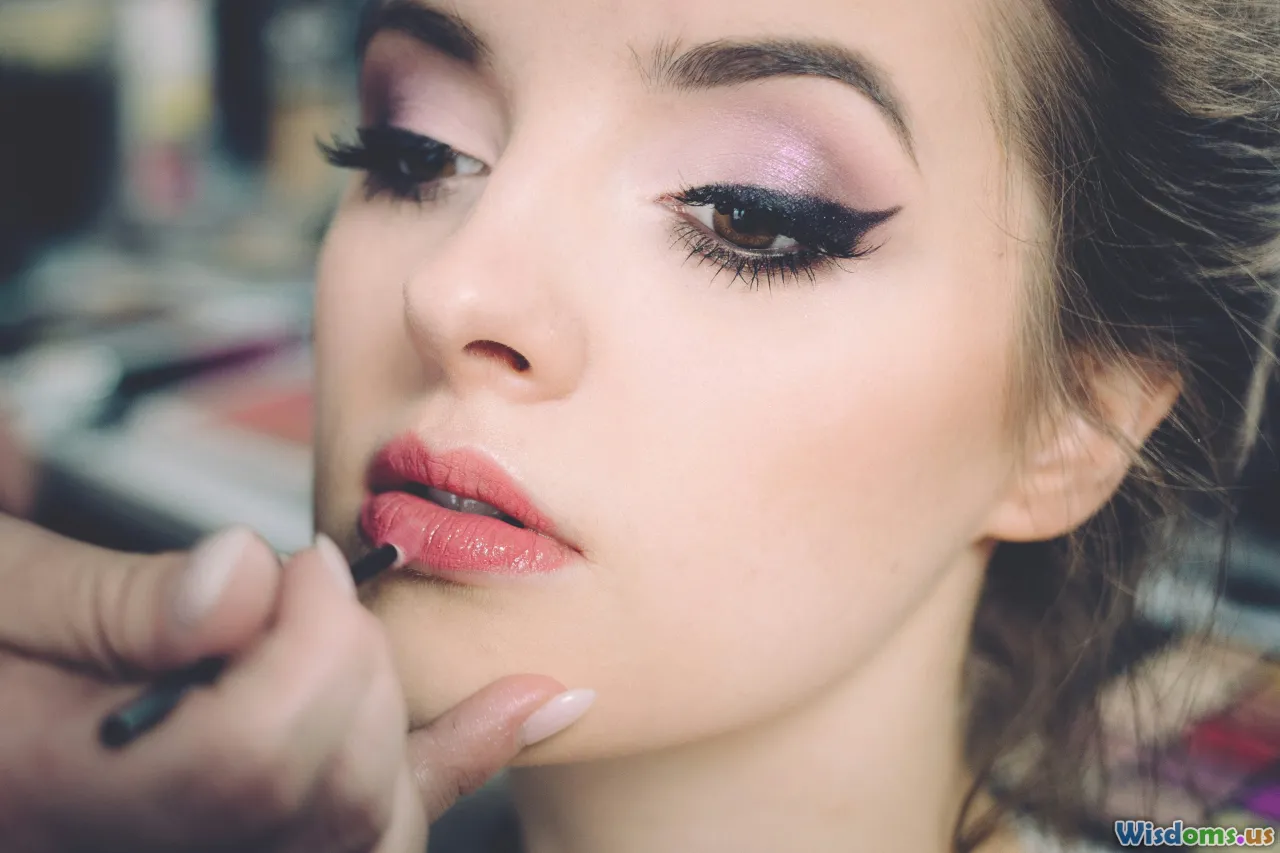
While some teens shy away from makeup with acne, others use it as a confidence tool. Safely using cosmetics requires a few routines adjustments:
- Look for mineral-based or non-comedogenic formulas.
- Always remove makeup before bed using micellar water or a gentle cleanser.
- Replace sponges and brushes every 1-2 months to avoid bacterial buildup.
- Avoid heavy or occlusive foundations; opt for tinted moisturizers or lightweight BB creams.
Brands like BareMinerals, Clinique, and Maybelline Fit Me are often recommended for sensitive skin.
Navigating Social Media and Acne Misinformation
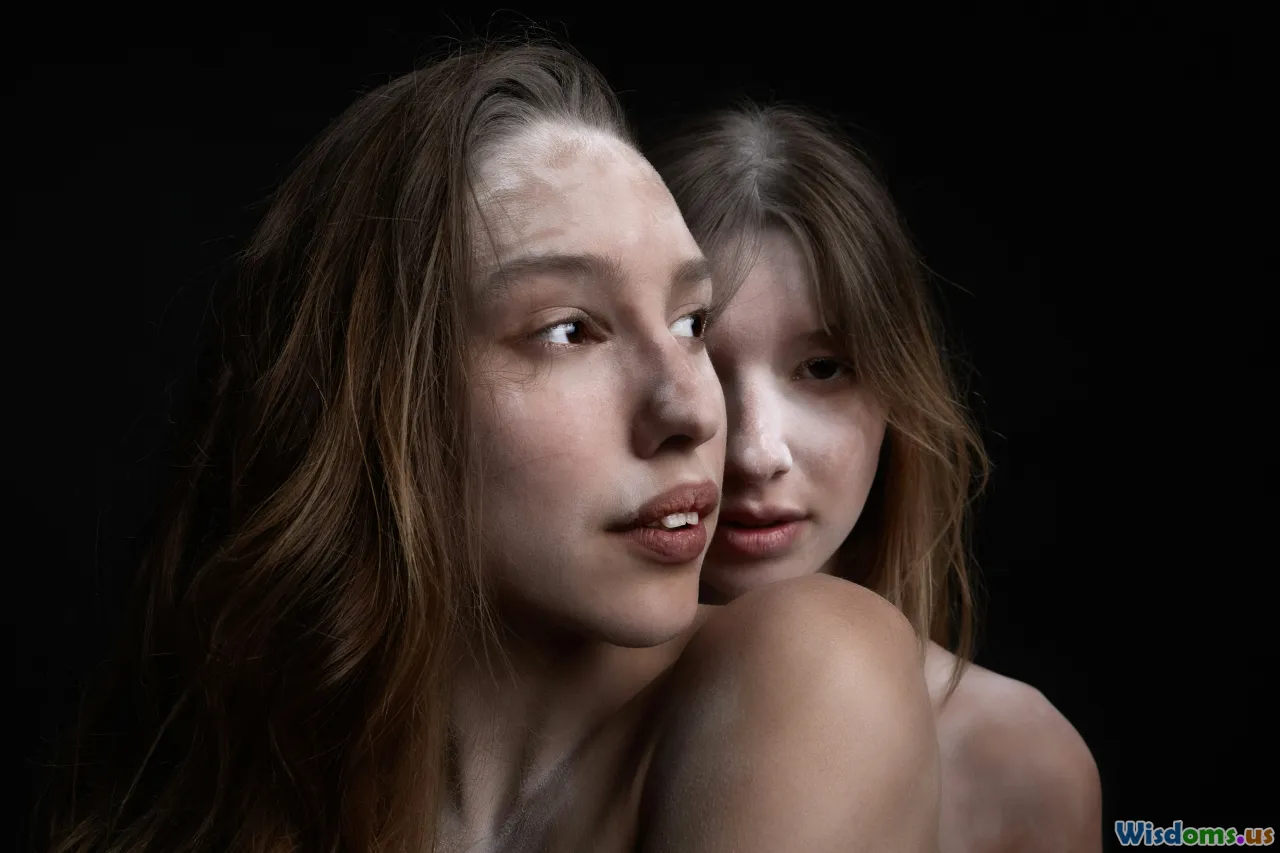
Social media is rife with skincare tips, but not all are grounded in science. Teens should:
- Seek advice from verified dermatologists or scientific sources like the American Academy of Dermatology.
- Be wary of dramatic before-and-afters or sponsored product claims without clear evidence.
- Understand that skin texture and imperfections are normal—filters don’t show reality.
How to Fact-Check
If you see a viral tip, ask: Is this recommendation supported by reputable science? Do credible dermatologists agree? When in doubt, skip the trend.
Taking a Holistic Approach to Teen Skincare

Healthy skin is part of a bigger wellness picture. Regular exercise, proper hydration, adequate sleep, and healthy social ties all strengthen the body’s resilience against acne.
Creating balance—rather than chasing perfection—leads not just to better skin, but also more fulfilling teen years. With consistent habits, honest information, and the right support, managing teen acne becomes one less worry on the road to adulthood.
Rate the Post
User Reviews
Popular Posts











